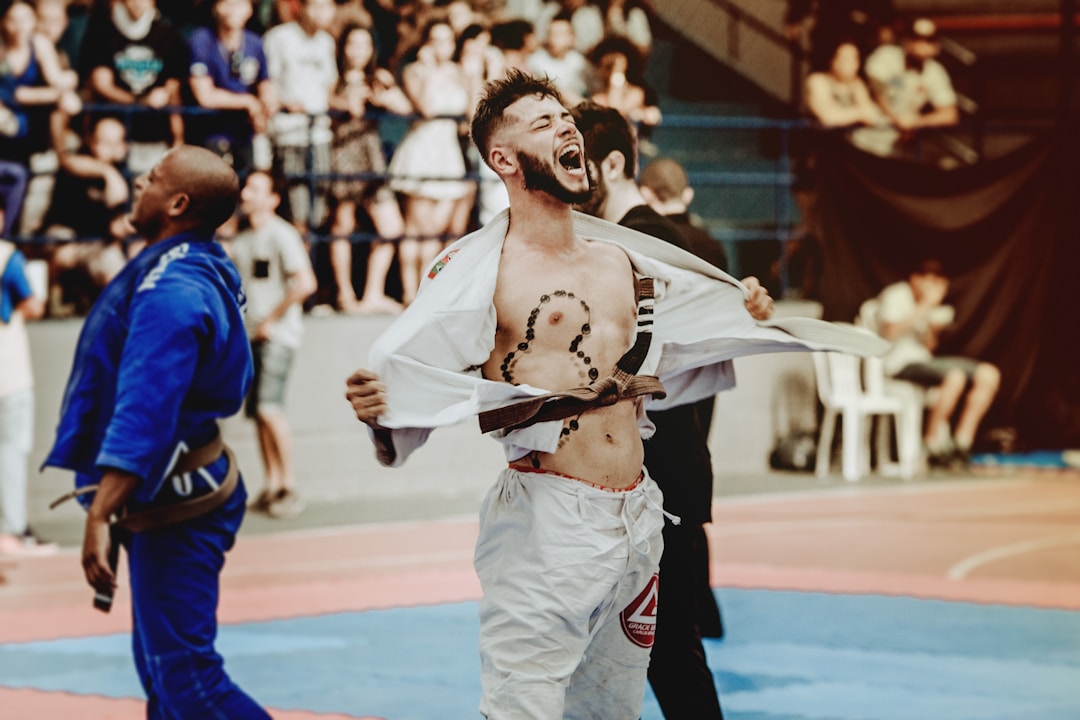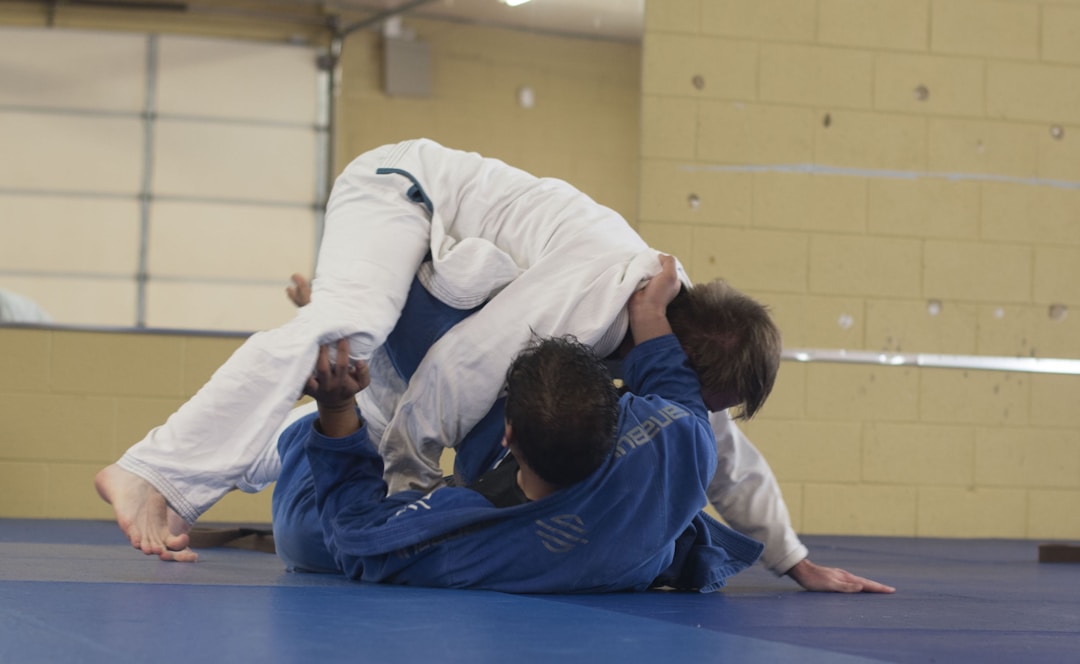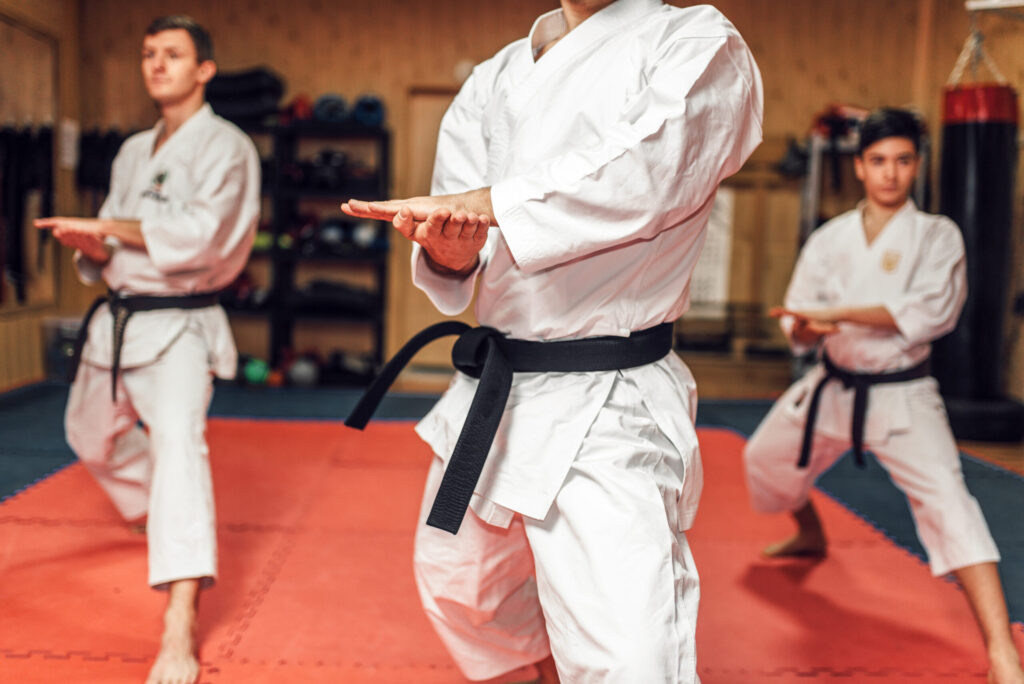This ancient form of martial art, which has stood the test of time, intrigues many. So, whether you’re completely new to the idea of Jiu-Jitsu, considering it as a potential new hobby, or just keen to broaden your knowledge of martial arts, there’s plenty to discover. Keep reading as we venture into the world of Jiu-Jitsu.
Unraveling the Roots of Jiu-Jitsu
Delving into the history of Jiu-Jitsu, it originates from Feudal Japan as a battle art for Samurai warriors. Banned weapons necessitated the creation of a combat art that relied on balance disruption and joint manipulation, thus, giving birth to Jiu-Jitsu or the “gentle art.”
Over time, Jiu-Jitsu evolved, integrating striking techniques from other combat arts. What we practice today is primarily Brazilian Jiu-Jitsu, designed around the principle of a smaller, weaker person being capable of defending against larger, stronger adversaries.
Interested in training? Why not start at the best San Diego Jiu Jitsu gym, known for its dedicated instructors?
Favoring skill over strength and aiming for maximum efficiency with minimal effort, Jiu-Jitsu stands apart from other martial arts, offering a unique journey for each practitioner.
Breaking Down the Art of Jiu-Jitsu

Promoting the concept of ‘gentle art’, Jiu-Jitsu doesn’t merely comprise punches and kicks. Instead, it focuses on securing dominant control over the opponent using techniques such as sweeps, throws, and locks.
Critical to mastering Jiu-Jitsu is being comfortable on the ground. A significant portion of training delves into ground techniques to exploit vulnerabilities and apply effective submission holds.
One aspect that sets Jiu-Jitsu apart is “rolling”, or sparring on the ground. It provides a safe environment for students to apply their learned skills, while also improving their defense techniques.
Also, there’s no definitive winning strategy in Jiu-Jitsu—every match is unique, allowing practitioners to explore their creativity and improvise techniques dynamically.
The Infinite Benefits of Practicing Jiu-Jitsu
Jiu-Jitsu has copious benefits that reach far beyond fitness. Along with improved strength, endurance, and flexibility, it furnishes a robust mind-body connection, fostering mindfulness and concentration.
When practiced regularly, Jiu-Jitsu cultivates discipline, patience, and resilience, as the process of learning and mastering techniques requires time and persistence. These virtues effortlessly seep into everyday life, making practitioners better equipped to handle life’s ups and downs.
Jiu-Jitsu is also a great stress reliever. The intense physical exertion coupled with the focus needed during training, leaves no room for cluttered thoughts—making for a cathartic experience.
The camaraderie among practitioners is another overlooked quotient of Jiu-Jitsu. The shared journey of progression creates strong friendships and a sense of community, positively impacting one’s overall mental health.
Elements that Distinguish Jiu-Jitsu from Other Martial Arts

Jiu-Jitsu, focusing on grappling instead of striking, is significantly different from other martial arts like Karate or Kung Fu. The emphasis is on control and submission, reducing the risk of injury while enabling a definitive outcome.
While most martial arts promote aggression, Jiu-Jitsu encourages patience and control, embodying the “gentle art”. Practitioners learn to stay calm under pressure, a trait that transcends refining only their martial skills.
Jiu-Jitsu’s unique live rolling concept, almost akin to a chess game of physical tactics, enables practitioners to gauge their development instantly, making training more realistic and useful.
Brazilian Jiu-Jitsu, unlike its Japanese counterpart, shuffled the focus to ground-fighting, effectively neutralizing size and strength advantages, making it accessible and effective for individuals across all demographics.
Overall, Jiu-Jitsu may be best summarized as “martial art beyond combat”. It’s a diaspora of mental growth, physical fitness, and community building. As we venture on, we continue to discover its unique facets and the life-changing impact it can have on its practitioners.






